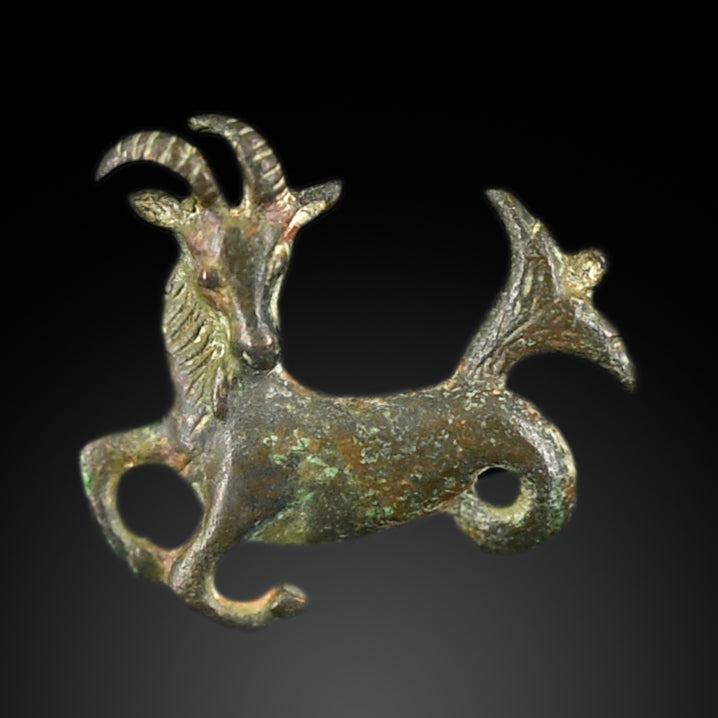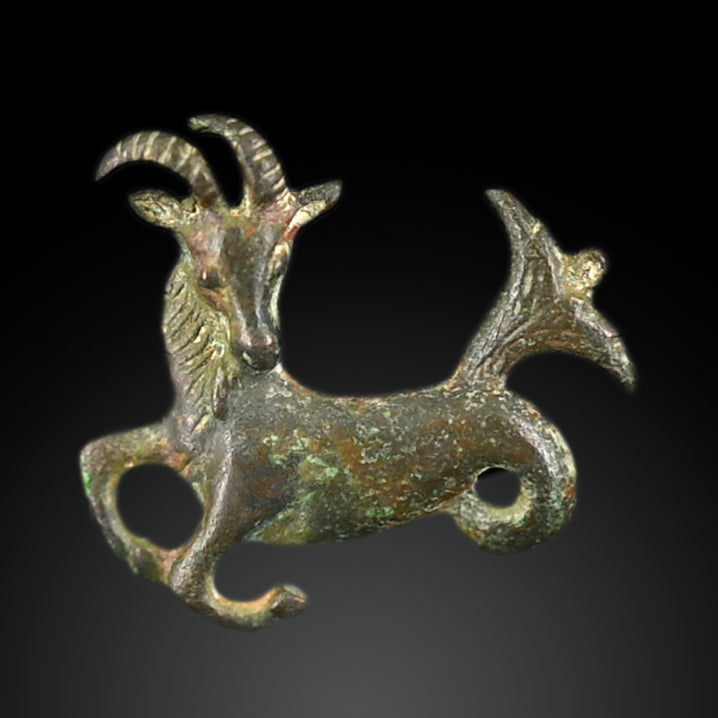Do you need an insurance appraisal for your collection?

What do your grandmother’s engagement ring, Mickey Mantle’s rookie baseball card, and a 1st-century Roman marble head have in common? They’re all rare and valuable, and that means they need to be insured.
Homeowners and renters insurance covers your personal property. But even if your policy’s overall limit covers everything you own, many collectors are not aware their insurance might not fully cover their collections, particularly high-value items. This might be due to issues such as a sub-limit on your policy, lack of a detailed insurance appraisal report, the appreciation of objects in your collection or a combination of all three.
It is important to ensure the insurance coverage on your valuables matches what they're worth.
This four-step guide is designed to help determine whether you have the right insurance and/or need an insurance appraisal report.
Step 1: Confirm your existing level of insurance coverage
When discussing options with a client, the first thing I always recommend is to call your insurance agent and ask what your policy covers and confirm your current level of coverage.
Although you might have strong coverage for all items in the house, your policy may set a dollar limit on how much the insurance company will pay for certain categories of valuables such as jewelry, fine art and, in our case, antiquities.
For example, there may be a $2,500 sub-limit on what your insurance will pay for your antiquity collection after a fire — even though your overall personal property limit is probably much higher.
So if you were to file a loss or damage claim on your standard homeowners' insurance policy for that fabulous Roman marble head, or the group of ceramics it has taken years to assemble, you would probably only be covered up to the $2,500 sub-limit (assuming, of course, that it's a loss covered by your policy).
Step 2: Insurance Scheduling, Thresholds and Blanketing
That's where scheduled personal property coverage can help.
Scheduled personal property coverage is a supplemental insurance policy that extends coverage beyond the standard protection provided in a homeowners' insurance policy. By purchasing scheduled personal property coverage as an optional add-on, you can ensure the full-value coverage of expensive items in the event of a claim. To get items scheduled, you typically need to provide your insurance company with a recent receipt or a professional appraisal.
Below are some belongings you might want to consider for scheduled coverage:
- Jewelry and furs
- Art, antiques, antiquities
- Stamp or coin collections
- Firearms
- Musical instruments
- Expensive cameras
If your policy already carries a scheduling provision, the next thing to review is your scheduling threshold.
A “scheduling threshold” generally means the amount of money an item must be worth before an insurance appraisal is required so it can be covered by insurance.
For example: Your insurance policy’s scheduling threshold is $5,000 retail replacement, and the Egyptian relief you own is worth approximately $20,000 retail replacement. If you don’t have a recent receipt or a professional appraisal report “scheduling” it for itemized coverage, you won’t receive a settlement for the actual $20,000 retail replacement in the event of loss or damage.
Items that fall under a scheduling threshold can be either protected with blanketed coverage based on the property class or scheduled individually at its value without an appraisal requirement.
Blanketed coverage is a structure of insurance that “blankets” multiple items together within a single insurance policy. Rather than documenting the exact value of every item you want to be insured in your collection, you set a total monetary amount for coverage. This way, the maximum amount payable under the policy is divided among all items in the collection. In the event of loss, the insurance would pay an amount for each item in the collection until the total policy limit is exhausted.
The tricky part is making sure the blanket is set high enough to ensure you are adequately protected. Settlement claims against blanket coverage work well when only one or just a few items, are destroyed (a vessel breaks, a small fire damages objects in one room) but insufficient if an entire house burns down and everything is lost.
Depending on your specific situation, it can be beneficial to have a mixture of both blanketed coverage and scheduled coverage for your art, antiques, and household furnishings. With this mixture, your higher-value items are protected with an itemized appraisal report and scheduled coverage that pays the full retail replacement value in the event of loss and your lower-value items are covered as a group with blanket insurance. This will prevent you from encountering a situation whereby you max out your blanket coverage with high-value items that would have been better suited for scheduled coverage, leaving you without adequate compensation for all the other items lost.
Step 3: Work with an Appraiser
As the value of antiques or collectibles can increase and decrease over time, it is important to get regular appraisals done to make sure the insurance coverage on your valuables matches what they're worth. In my assignments, I often work with both my client and their insurance agent to find the right blend of scheduled coverage and blanket coverage.
Even when items fall under blanketed coverage, we include them in our clients’ individual appraisal database so they are fully documented and good provenance records can be maintained. Once valued, we can easily provide your insurance agent with reports that list those items for blanket coverage and those for scheduled coverage. Items can easily be entered and removed as your collection evolves.
Armed with your individualized appraisal report, each insurance policy can be structured to suit your particular needs and to ensure you receive the most appropriate level of insurance protection.
Step 4: Regular appraisal updates
It is important to remember that an appraisal report is not a one-time occurrence that lasts forever. When a client tells me “This is already appraised,” more often than not the appraisal report they produce is from the 1980’s, and the values have absolutely no relevance to the current market. As the market is constantly shifting, it is important to review and update your insurance appraisal reports approximately every five years to make sure you aren’t paying too high an insurance premium for items that have depreciated, or that you are insufficiently protected for objects acquired in the past that have been steadily appreciating. Your insurance company may also be hesitant to pay out on a claim with an appraisal that is decades out of date.
Regular appraisal updates don’t need to be a major undertaking. Developing a positive long-term relationship with your appraiser is a great way to handle updates, as it takes much less time (and thus is less expensive for you) for the same appraiser to re-inspect the items and update the appraised values using her previous report than for a new appraiser to start over from scratch. The most important thing is for you to feel confident in your knowledge about exactly how your specific insurance coverage works to protect you. It’s your right to ask questions to obtain this knowledge — from me and my fellow appraisers, and from our professional counterparts in the insurance world.
About me:
Sue McGovern-Huffman, ISA AM is an accredited Appraiser with the International Society of Appraisers, in personal property and specializing in ancient art. She will work with you and your insurance agent to best determine which types of personal property should be appraised, uniquely listed and properly underwritten on your policy. Sue can be contacted through the online form






Leave a comment